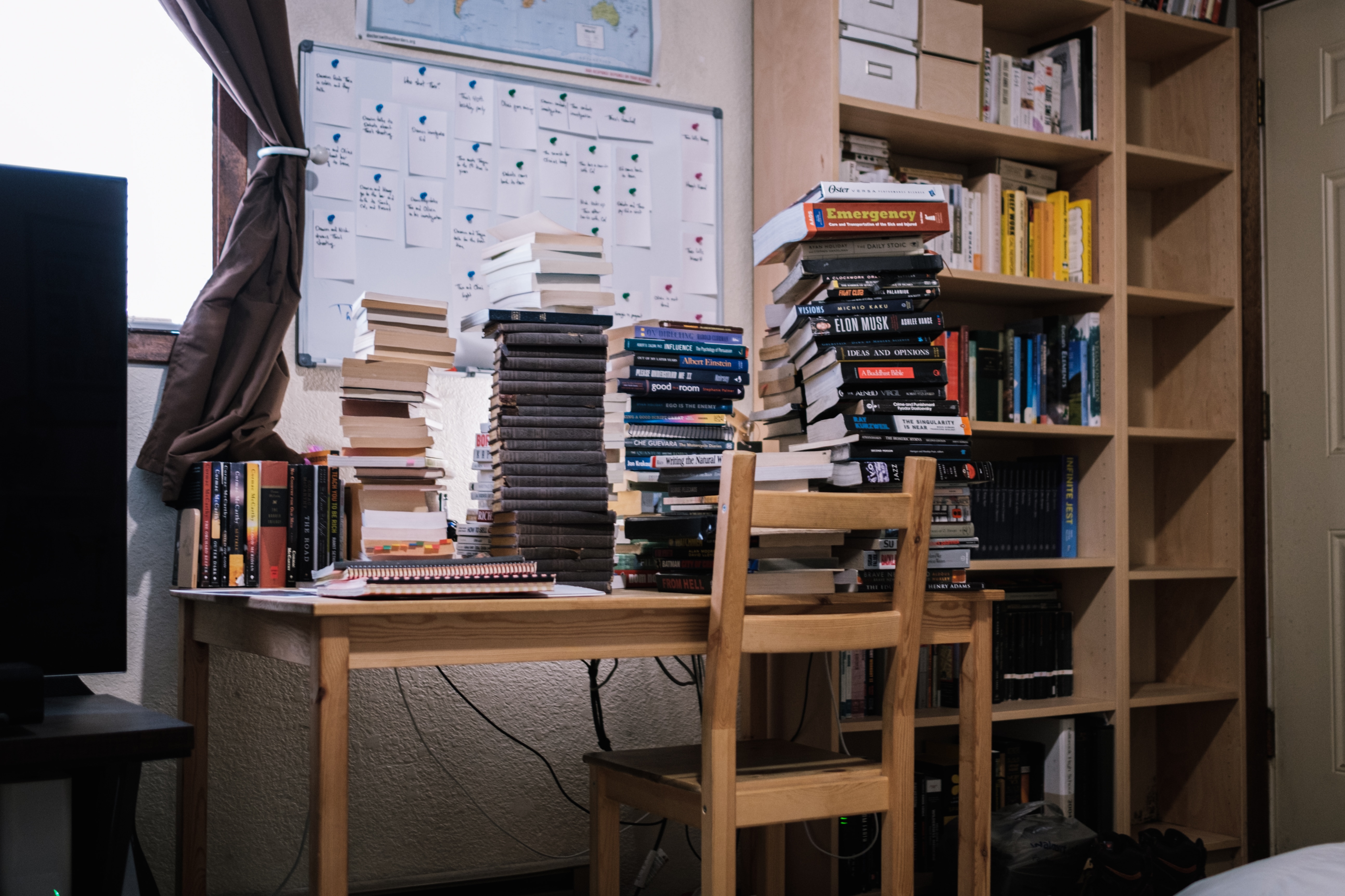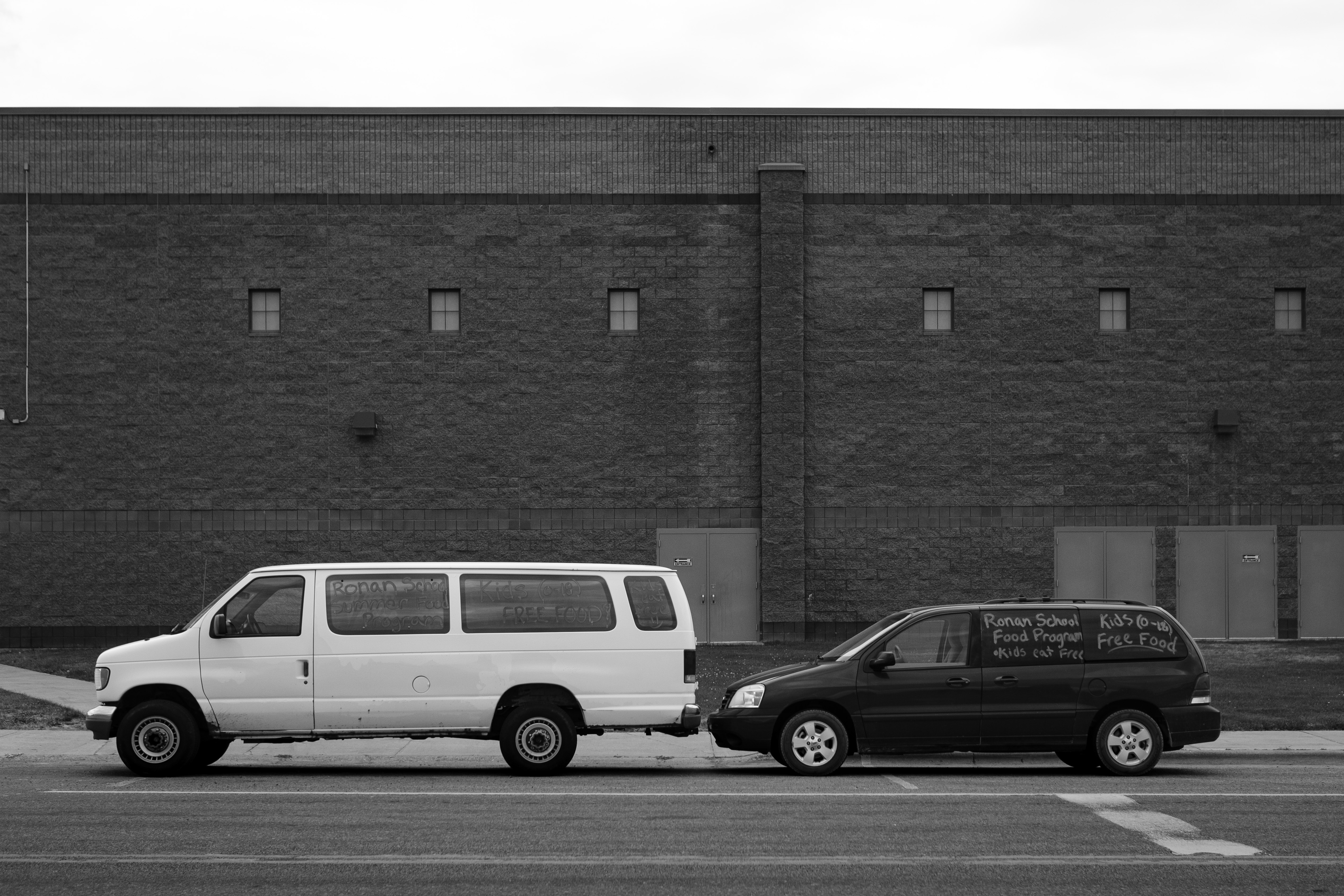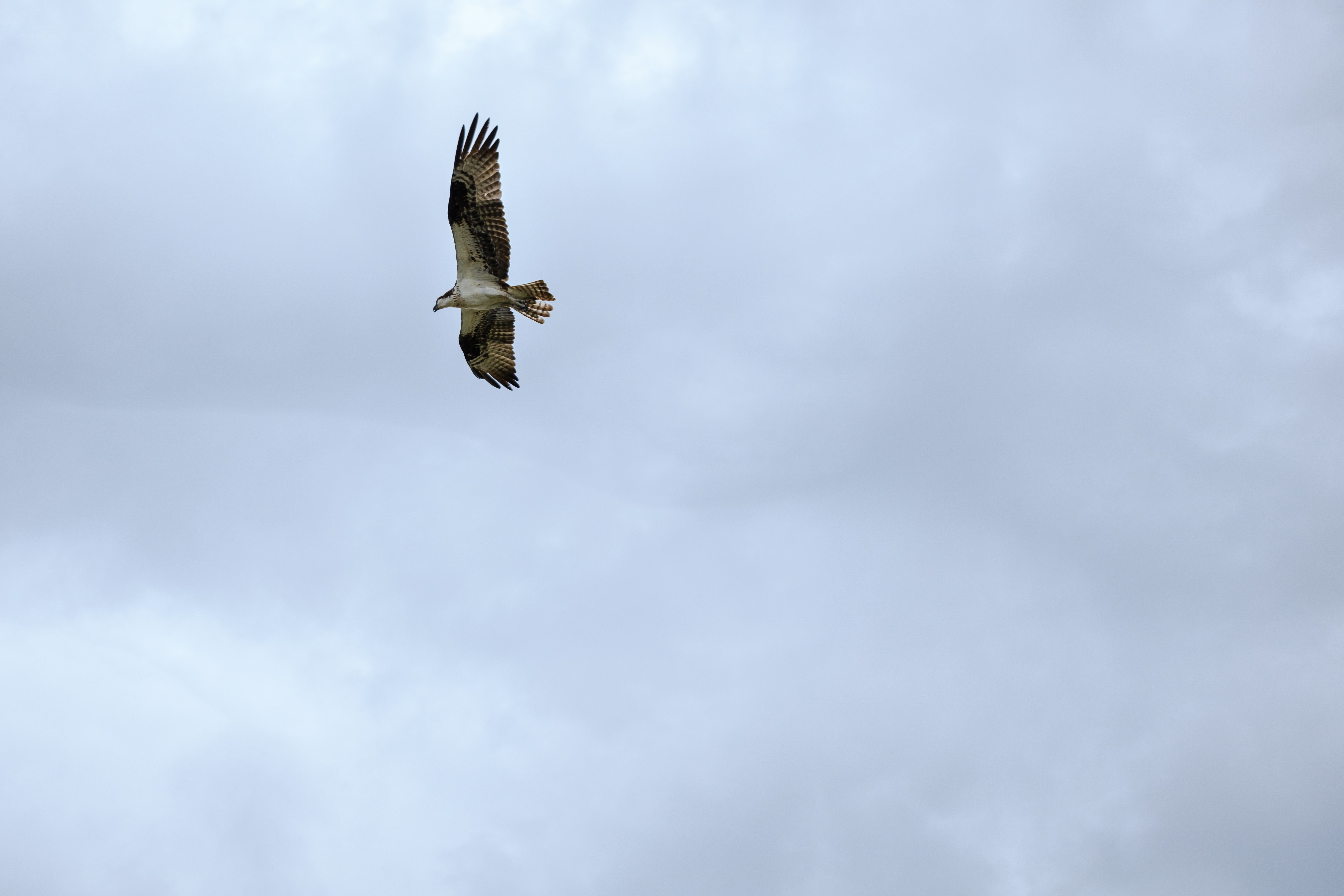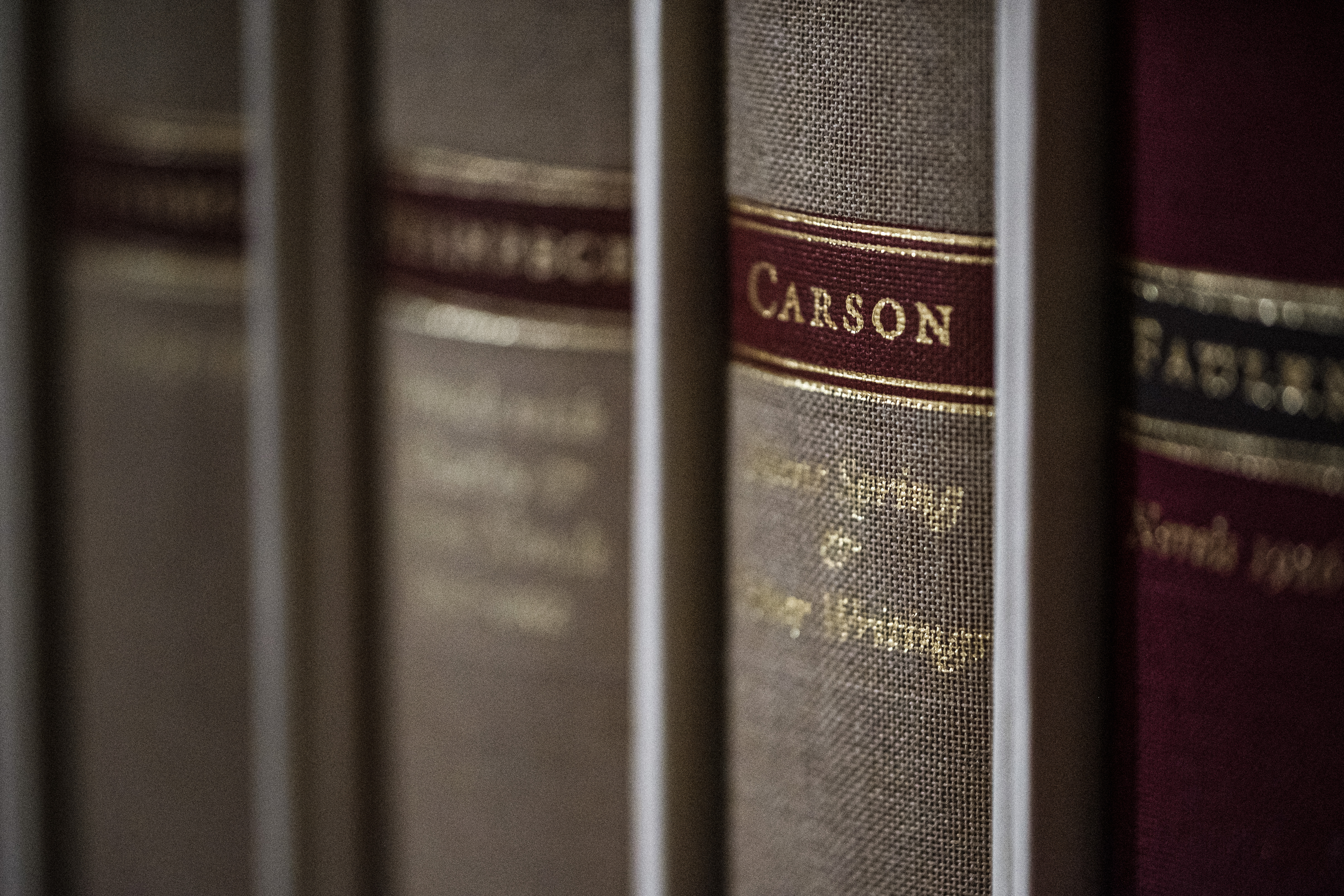- Notes
Books and music. What else do I need?
Books and music. What else do I need?

I read 17 books this year. For me that’s low, but 2020, by all measures, wasn’t a normal year. I struggled with attention and focus, and there were months when I didn’t read a single page. But I’m proud I read anything at all.
My favorite fiction book of the year was Kafka on the Shore by Haruki Murakami. Last year I read 1Q84 and fell in love with Murakami’s style immediately. The same went for Kafka on the Shore. I love how he tells stories, and I want to read the rest of his bibliography in the coming years.
My favorite non-fiction book of the year was Alexander Hamilton by Ron Chernow. I just finished reading it a few minutes ago, but I knew from the beginning that I would love it. I haven’t read many biographies, but I loved this one. I’m an American and I love the story and the promise of America, and Alexander Hamilton embodied all of it.
Other books I loved this year were The Expanse series of books by James S.A. Corey and Spark Joy by Marie Kondo. Both influenced my year in different ways and made living through this hectic year better.

I finished Ling Ma’s Severance yesterday, an entertaining plague novel that took me out of the plague novel we’re currently living in. What the novel got shamelessly and maddeningly right is our compulsion for normalcy at whatever the cost. We’re all guilty of this. I’m guilty of this. I continue to use the same route to drive to work, do the same job for eight hours, drive home on the same route, buy groceries at the same grocery store, workout my same workouts, make the same dinners, watch the same TV, talk to the same people, and sleep on the same bed. But we’re not living in normal times. If wearing a mask reduces the spread of the coronavirus by even a single percent, what’s the harm in wearing one? I don’t get it. Montana is the oldest state in the West. Shouldn’t we think of our elders before we think of ourselves?

One day in high school, a teacher of mine went around his class and asked my classmates what they would be if they weren’t human. “My dog,” someone said. “A camera,” said another. “A bird,” I said. He asked me why I wanted to be a bird, a tinge of disappointment in his voice. “Because I want to fly far away,” I said. That tinge of disappointment made me feel bad then, like I lacked the imagination those around me seemed to have. He didn’t press me any further, and I haven’t thought of that moment until now.
Last year I read Jenny Odell’s How to Do Nothing, and in it she describes her journey toward slowing down and noticing the things around her. “When I travel,” she says,
I no longer feel like I’ve arrived until I have “met” the local bioregion by walking around, observing what grows there, and learning something about the indigenous history of that place (which, in all too many places, is the last record of people engaging in any meaningful way with the bioregion). Interestingly, my experience suggests that while it initially takes effort to notice something new, over time a change happens that is irreversible. Redwoods, oaks, and blackberry shrubs will never be “a bunch of green.” A towhee will never simply be “a bird” to me again, even if I wanted it to be. And it follows that this place can no longer be any place.
I took this picture of an osprey flying around her nest near my school, and I’ve felt this connection to her and to the wildlife around me that I’ve never truly experienced before. When I was a firefighter, I felt this connection to the land that I mostly kept in my periphery. Like so many things in my life, it has stayed there while I focus on the trivialities that make modern life so mundane. Most everything I’ve ever experienced has stayed in my periphery, and what I want to do is to slow down and notice the things around me.
I went on Wikipedia and learned that ospreys are piscivores. Her nest is between the Ninepipes reservoir to the east and the Flathead River to the west, so she has food aplenty. I saw her chicks flying around the nest for a bit and then flying back, her gaze motherly and loving. I heard her sing as she flew around. She is no longer just “a bird” to me, but a mighty osprey.
What else is out there that I haven’t seen or paid attention to? How many different species of birds are within my radius? Of insects? Of living souls in general? We share this world with so many living beings, but how many of us ever truly connect with them?

On the latest episode of The Last Archive, Jill Lepore talks about Rachel Carson and her book, Silent Spring. That book helped ban DDT, saved countless birds, and started the modern environmental movement. Jill then asks whether a book like that can change the world today. Since 1970, three billion birds have died in North America. If that’s not heartbreaking, then I don’t know what is. Oh wait.
I read Silent Spring a few years ago, and what I remember most about it was this feeling that little had changed since the time she wrote it. I went back through my notes and found this passage talking about the effects of pesticides that remains heartbreaking:
Scientific observers at Sheldon described the symptoms of a meadowlark found near death: “Although it lacked muscular coordination and could not fly or stand, it continued to beat its wings and clutch with its toes while lying on its side. Its beak was held open and breathing was labored.” Even more pitiful was the mute testimony of the dead ground squirrels, which “exhibited a characteristic attitude in death. The back was bowed, and the forelegs with the toes of the feet tightly clenched were drawn close to the thorax…The head and neck were outstretched and the mouth often contained dirt, suggesting that the dying animal had been biting at the ground.”
By acquiescing in an act that can cause such suffering to a living creature, who among us is not diminished as a human being?
COVID-19 has killed 137,000 Americans. Many of us think this virus is a hoax or a government conspiracy. Meanwhile, Americans will continue to die while we refuse to wear a fucking mask. “By acquiescing in an act that can cause such suffering to a living creature, who among us is not diminished as a human being?”
Page 5 of 5